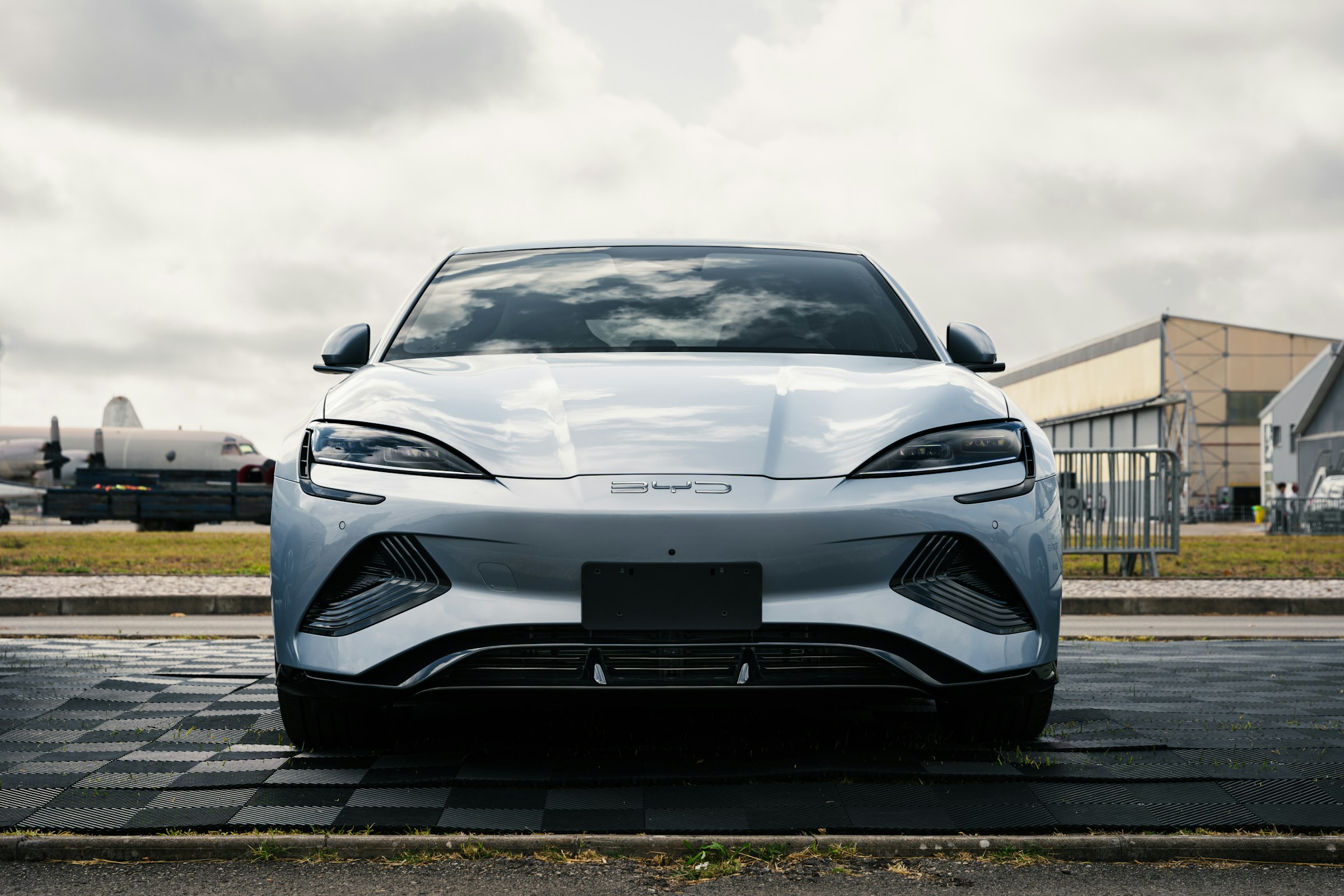While BYD remains the global volume leader in electric vehicles, its latest delivery figures reveal a sobering truth: scale alone no longer guarantees momentum. The company’s 0.6% year-on-year growth in July—coupled with a 10% drop from June—marks a strategic friction point, not a seasonal blip.
Most of the industry will chalk it up to summer cyclicality. But China’s EV market, long buoyed by state-fueled subsidies and competitive pricing, is beginning to test the limits of its growth-through-volume playbook. And BYD’s numbers suggest the math may not work indefinitely.
BYD delivered 344,296 vehicles in July. To hit its full-year target of 5.5 million units, it now needs to average more than 600,000 deliveries a month for the remainder of 2025. That’s a volume ceiling it has never reached, even during its best-performing month—December 2024—when it sold just under 515,000 units.
The risk isn’t just falling short. The structural tension lies in how China’s EV champions, BYD foremost among them, are positioned in a market that’s beginning to punish oversupply. Following a multi-year price war and sustained promotional activity, Chinese regulators have started to tighten enforcement on deep discounting. That crack-down, while long overdue, will hit hardest those OEMs most reliant on volume and razor-thin margins.
While BYD slows, its rivals are flashing signs of acceleration. Geely delivered nearly 238,000 units—its strongest month since November. Leapmotor and Xpeng posted record sales, while Xiaomi crossed 30,000 units for the first time. These are not luxury players or low-volume tech showcases. They are volume-hungry, tech-integrated carmakers with increasing product-market fit.
This growth in the “challenger” camp is particularly significant. It suggests the price war may have done more to redistribute market share than grow the pie. In that light, BYD’s stagnation isn’t an outlier—it’s the new baseline pressure for legacy-scaled players operating without sufficient product differentiation.
On paper, demand isn’t in crisis. The Passenger Car Association projects a 7.6% year-on-year increase in July retail passenger vehicle sales. But this is overshadowed by the sequential contraction—an 11% drop from June—and the narrowing consumer excitement for incremental model updates.
And while EVs still benefit from long-term state backing, Beijing’s recent tone has shifted. The message is clear: price floors matter, profitability matters, and irrational competition must end. For BYD, that regulatory shift is more threatening than any single competitor. It constrains their primary strategic lever—aggressive pricing—and forces a pivot toward value storytelling and margin defense, areas where leaner upstarts often outperform.
Two edge cases illustrate the market’s new rules.
Xiaomi’s record-breaking month wasn’t just a volume win—it was a credibility milestone. The company, better known for electronics than engineering, has shown that brand halo and integrated UX thinking can drive conversion at scale.
Meanwhile, Nio posted its weakest sales since March, with a 16% month-on-month drop. Yet its stock jumped 8.6% after launching the Onvo L90, a model seen as well-priced and feature-rich. This reflects a subtle but important investor shift: growth alone isn’t enough; strategic clarity and product-market fit are beginning to re-rate valuations.
BYD’s challenge is no longer just market execution—it’s strategic recalibration. To sustain its leadership, it must transition from volume-first tactics to margin-aware positioning, customer segmentation, and innovation-driven brand identity.
This is not a pivot that can happen mid-flight. It requires reshaping how BYD prices, designs, and narrates its vehicles—not as commodities, but as ecosystems of utility, affordability, and status.
In contrast, players like Leapmotor and Xpeng have an opportunity to consolidate gains and move upstream selectively. Their recent momentum, if sustained, could force a rewrite of what a “national EV champion” looks like in China’s next policy cycle.
BYD’s July sales may appear modestly disappointing—but the strategic implications are more profound. China’s EV market is entering a maturity phase, where the rules of hypergrowth are being replaced by constraints of consumer fatigue, policy recalibration, and brand distinction.
For legacy scale players like BYD, the risk isn’t just missing targets. It’s losing the permission to grow in the way they always have. And that’s a much harder gap to close than a monthly sales shortfall.






.jpg&w=3840&q=75)

